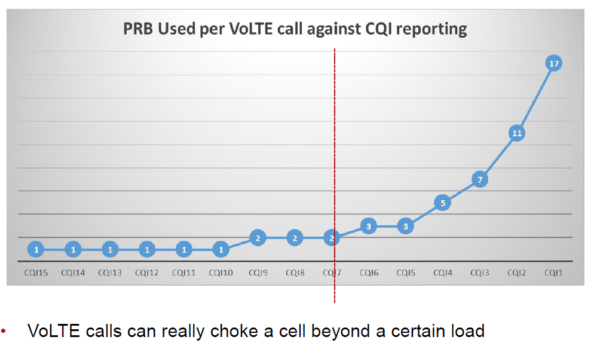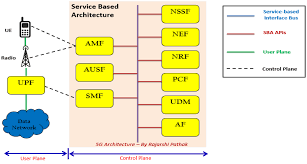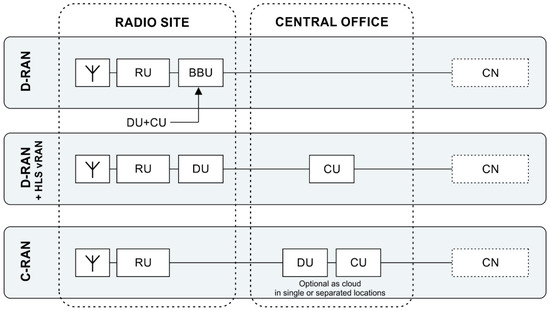How 3D Beamforming and Diversity Improve 5G Signal Quality
telcomatraining.com – As the world increasingly adopts 5G technology, the need for high-quality, reliable signals becomes more critical than ever. 5G is designed to offer faster speeds, lower latency, and higher capacity compared to previous generations. However, achieving these promises requires overcoming challenges such as interference, signal attenuation, and obstacles in urban environments. To address these challenges, advanced techniques like 3D Beamforming and Diversity play a pivotal role in improving 5G signal quality. In this article, we will explore how these two technologies work together to enhance the overall performance of 5G networks.
What is 3D Beamforming?
Beamforming is a signal processing technique that focuses the transmission of radio waves in a specific direction. Instead of broadcasting signals uniformly in all directions, beamforming allows the transmitter to send targeted signals to a particular user or device. This targeted approach minimizes interference and optimizes the use of available bandwidth.
While traditional beamforming primarily operates in two dimensions (horizontal and vertical), 3D Beamforming extends this concept into three dimensions, adding a new layer of precision. By utilizing advanced antenna arrays, 3D Beamforming enables signals to be directed in both the horizontal plane and the vertical plane, as well as towards the azimuthal direction. This added dimension allows for better coverage and more efficient use of the spectrum.
In 5G networks, 3D Beamforming is crucial for supporting high-speed data transmission in environments where obstacles such as buildings, trees, and other structures can cause signal blockages. By dynamically adjusting the beam’s angle and direction, 3D Beamforming improves the reception of signals, ensuring a stronger and more stable connection for users.
How Does Diversity Improve 5G Signal Quality?
Diversity in wireless communication refers to the use of multiple signal paths to improve the reliability and quality of the received signal. In simple terms, it involves sending the same signal through different routes, allowing the receiver to select the best signal among them. Diversity can be achieved through various methods, including spatial diversity, frequency diversity, and time diversity.
In the context of 5G, Spatial Diversity is particularly important. It involves using multiple antennas at different locations to transmit and receive signals. With multiple antenna arrays spread across a wide area, the chances of receiving a strong, uninterrupted signal increase. This is especially important in urban environments where buildings and other obstacles can cause shadowing effects, leading to signal degradation or loss.
Another form of diversity, Polarization Diversity, utilizes different polarizations of the signal (horizontal, vertical, or circular). By sending signals with different polarizations, the network can combat the fading effects caused by interference from other signals or objects. This approach enhances the reliability of the 5G network, ensuring that the signal quality remains robust even in challenging environments.
The Synergy Between 3D Beamforming and Diversity
When combined, 3D Beamforming and Diversity create a powerful synergy that significantly improves 5G signal quality. 3D Beamforming ensures that the signal is directed in the optimal direction, while Diversity guarantees that multiple signal paths are available, reducing the risk of signal loss. This combination allows 5G networks to achieve high data throughput, low latency, and consistent performance, even in complex and crowded environments.
For example, in a dense urban area with numerous high-rise buildings, the signals transmitted through a 5G network may experience multipath propagation, where signals take multiple paths to reach the receiver. With 3D Beamforming, the system can direct the signal towards the receiver, while Diversity ensures that multiple signal paths are available, allowing the receiver to choose the best one. As a result, users experience better call quality, faster download speeds, and more reliable connections.
The Impact of 3D Beamforming and Diversity on 5G Network Efficiency
By improving signal quality, 3D Beamforming and Diversity help optimize the overall efficiency of the 5G network. With more stable connections and reduced interference, the network can support a higher number of devices simultaneously without compromising performance. This is essential for the growing demand for IoT devices, autonomous vehicles, and other high-bandwidth applications.
Additionally, the use of these technologies allows for more efficient spectrum utilization. 3D Beamforming reduces the need for excessive power consumption by focusing signals in specific directions, while Diversity ensures that available signals are always of the highest quality, reducing the need for retransmissions.
Conclusion
In summary, 3D Beamforming and Diversity are two critical technologies that work together to improve 5G signal quality. 3D Beamforming enhances signal directionality and coverage, while Diversity ensures that multiple signal paths are available for reliable communication. Together, these technologies contribute to higher data speeds, reduced latency, and more efficient use of network resources. As 5G networks continue to evolve, these advanced techniques will play a crucial role in meeting the demands of modern wireless communication.







